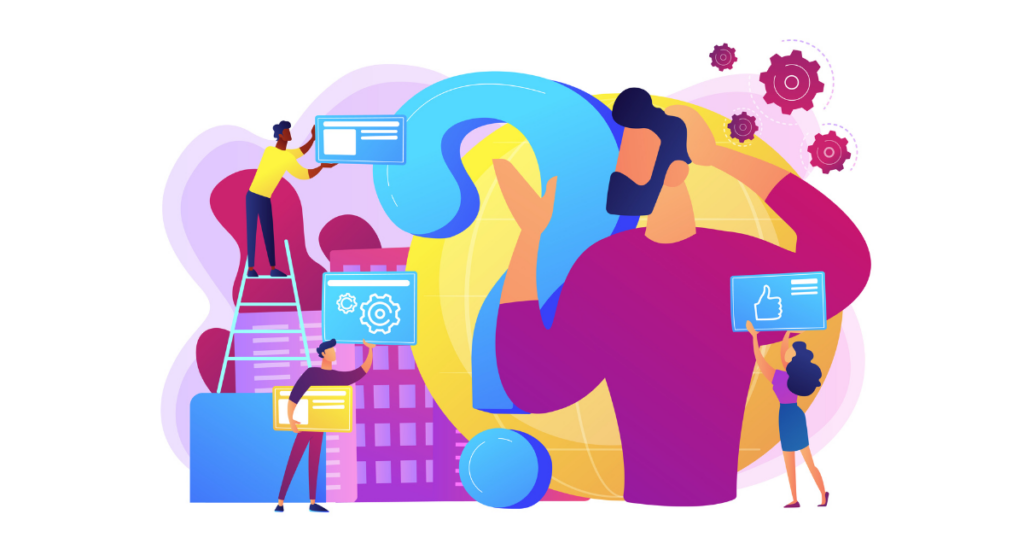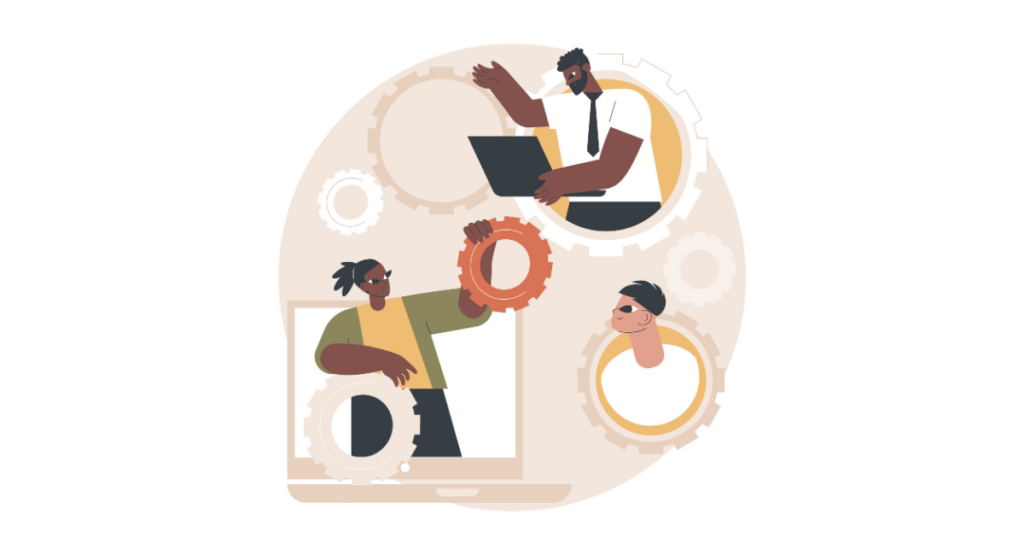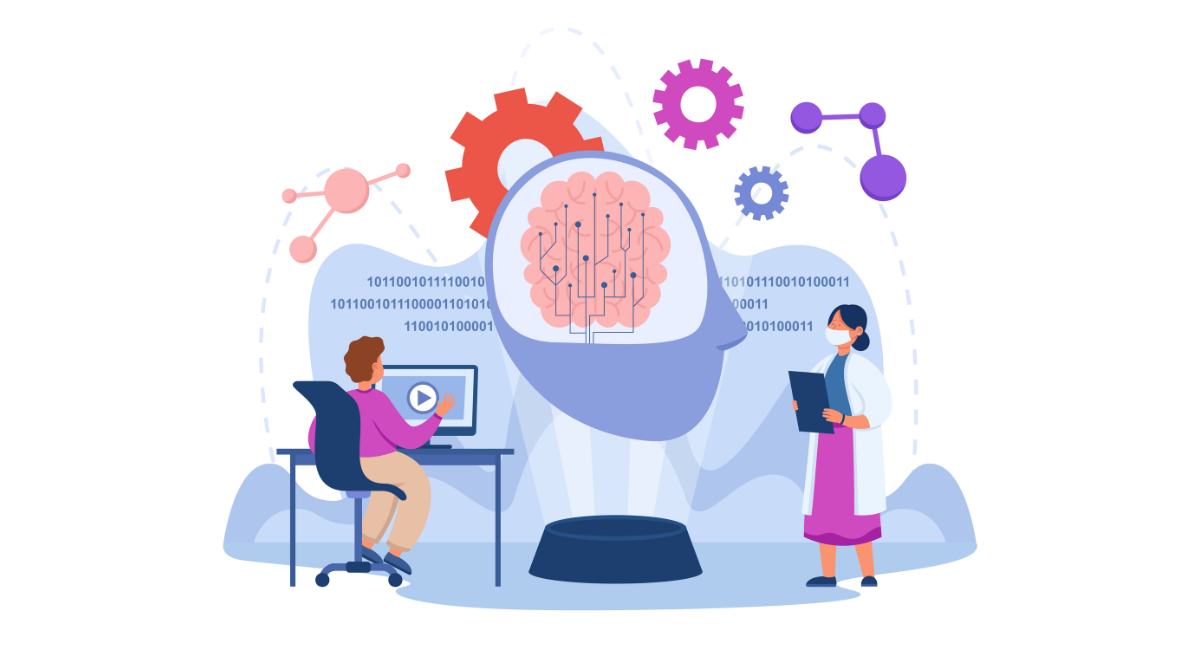Behavior-Driven Development (BDD) is an iterative software development process which revolves around the collaboration between developers, QA engineers, and non-specialist or business participants running a software project.
BDD is oriented toward gaining a clear understanding of software behavior that is desired by stakeholders through discussion.
So what the process does is combine the fundamentals of the Agile development process with ideas that stem from domain-driven design and object-oriented analysis, with an aim of increasing the level of transparency of a given software project and encouraging team collaborations.
Using everyday language to provide examples of behavior, BDD guarantees all parties involved understand the project goals from the very beginning, which ensures great outcomes and streamlines the process.
What is BDD?

Definition of BDD
BDD is a software development process for agile teams supporting collaboration among developers and quality assurance testers and active participation by non-technical or business participants in a software project.
BDD focuses on establishing a shared understanding of desired software behaviour by business stakeholders and software developers through conversation.
The focus is on improving the communication between team members and stakeholders by building software around clear, understandable language, boiled down from the business domain.
This approach is carried out almost entirely using a very simple, domain-specific scripting language for illustrating behaviors, which allows teams to concentrate on why code should be designed rather than on how it should be implemented.
Key principles of BDD
There are several key principles central to Behavior-Driven Development:
- Start with the business goals: BDD techniques involve all stakeholders, including business analysts, during the initial goal-setting phase to clarify all desired outputs before any work begins.
Behavior defined by examples: All the features of the software are represented by examples in a narrative style, written as stories of the required behavior in a discrete set of scenarios.
Continual feedback: The BDD approach relies on continuous feedback from stakeholders and frequent iterations of the development of features against business objectives.
- Focus on user experience: The examples highlight what the user does while interacting with the application, ensuring that the system evolves according to the real needs of a user.
Benefits of BDD
Enhancing team communication
Behavior-Driven Development significantly enhances communication by using narratives that are understandable by all parties involved. These narratives (or user stories) focus on the expected behavior of the application, providing a common platform for discussions.
This common clarity reduces misunderstandings and misinterpretations, ensuring that all team members have the same understanding of what needs to be done.
Improving collaboration in development
By incorporating perspectives from both technical and non-technical team members early and continuously throughout the development cycle, BDD fosters better collaboration.
The shared understanding of objectives and clear communication ensure that developers, testers, and stakeholders are consistently aligned.
This collaboration extends beyond typical interactions and encourages ongoing dialogue about progress and changes.
As a result, the development process becomes more adaptive to changing needs and is more likely to result in a successful product that satisfies all stakeholders.
Implementing BDD

Steps to incorporate BDD in software development
Behavior-Driven Development is all about a strategic process in developing your software, seeking an investment that business needs be converged into technical solutions.
The main focus is collaboration between developers, testers, and nontechnical stakeholders, like business analysts.First, begin by defining clear and comprehensive feature files, which express desired behaviors using natural language that all stakeholders can understand.
These files typically include user stories and scenarios written in Gherkin syntax a straightforward language resembling English. Next, prioritize continuous communication to refine these scenarios, ensuring they accurately reflect business requirements and user needs.
Then, developers write the initial failing tests based on these scenarios, which guides the development of features. After implementation, these tests should pass, confirming the feature meets the intended behaviors.
This cycle helps catch misunderstandings early and reinforces the alignment of development work with business objectives.
Common tools for BDD testing
Several tools facilitate the BDD process by allowing teams to apply the concepts effectively:
- Cucumber: Highly popular among BDD practitioners, Cucumber supports specifications written in Gherkin. It integrates seamlessly with most programming languages and testing frameworks.
- SpecFlow: Geared towards .NET environments, SpecFlow works similarly to Cucumber and is favored for its integration with Visual Studio.
- JBehave: A tool designed for Java applications, providing integration APIs for writing stories and scenarios in Java.
- Behave: For Python developers, Behave offers a simple, Pythonic approach to BDD tests, adhering closely to Gherkin syntax.
BDD vs. Other Development Methodologies
Contrasting BDD with Test-Driven Development (TDD)
Basically, while BDD and TDD objectively drive the development of test cases, they have their specific focus areas.
TDD is focused on the user following the bottom-up approach; the developer writes tests for the system function before writing any implementation code at all.
BDD focuses on collaboration and communication, building a shared understanding of features and behaviors at all levels so that everyone technical and nontechnical stakeholders alike can understand.
The emphasis of TD is placed mainly on unit testing, while BDD is aimed at tests of the broad picture and the behavior of the system: how different parts of the software interact with each other and with the users.
BDD in Agile methodology
In Agile software development, BDD supplements the agile approach with the important feature of reducing the communication gap between builders and the rest of the non-technical team members, thus enhancing the collaboration between teams and increasing the involvement of stakeholders.
BDD fits in very well in Agile cycles since it complements iterations by stressing that specifications and feedback must be up front.
BDD initiates one more element into an iteration, the creation of behavioral specifications, which allows one to have a deeper understanding along with clearer expectations.
This continuing dialogue also further guarantees that Agile's responsive and adaptive nature remains aligned with business objectives throughout the life cycle of the project.
Best Practices for Successful BDD Implementation
Tips for effective BDD adoption
To effectively adopt Behavior-Driven Development (BDD) within your team or organization, consider the following strategies:
- Engage All Stakeholders: Involve everyone, from developers to business analysts, in the BDD process. This integration ensures that all perspectives are considered, leading to a well-rounded approach.
- Focus on Communication: Utilize BDD scenarios to enhance communication. Use simple, clear language to describe features and behaviors, avoiding technical jargon that can create barriers.
- Start Small: Begin with a small, manageable project to implement BDD. This allows the team to understand and adjust to BDD practices without overwhelming them.
- Continuous Training: Equip your team with regular training sessions on BDD concepts, tooling, and effective scenario writing. Keeping skills sharp is crucial for successful BDD implementation.
- Use the Right Tools: Select tools that seamlessly integrate with your existing development environment and enhance your BDD initiatives, such as Cucumber or SpecFlow.
Overcoming challenges in BDD adoption
Though it is also associated with resistance, difficulty in understanding the BDD concept, and integration into current processes, BDD can be implemented with the following tools:
- Agile attitude: An environment open to change is most suitable for the transition to BDD.
- Explain Benefits: Communicate repeatedly to the team the benefits of BDD, such as reduced misunderstandings and more efficient testing phases.
- MENTORSHIP: Should pair the new member with a mentor who is a practiced BDD professional in order to experience the process directly while being guided.
- Streamline Integration: Assess and possibly reconfigure existing development workflows to accommodate BDD processes smoothly.
Real-World Examples of BDD Success Stories
Case studies showcasing BDD impact
Several organizations have successfully implemented BDD, leading to remarkable improvements in development processes and team dynamics. For instance:
- A Global Bank: An international financial institution adopted BDD to streamline their mobile app development. Through BDD, they achieved a 30% reduction in critical bugs and significantly improved their time-to-market.
- Healthcare Software Provider: A leading software provider in the healthcare industry implemented BDD to better handle compliance and complex business rules. This resulted in improved stakeholder satisfaction and enhanced quality of their applications.
Results and outcomes of BDD implementation
The tangible results of implementing BDD can be substantial:
- Better teamwork: Normally, cohesion between developers, testers, and business stakeholders is high, which in most cases assures more robust and accurate software products.
- Elevation of quality: BDD can reduce most defects and improve the quality of software by laying down clear and executable specifications.
- Quicker development: Since development moves forward in such a way that the majority of reworking is reduced based on the predefined scenario, work on development is executed at a quicker pace for quick release.
All these instances and resultant outcomes show that, when implemented and practised in the right spirit, BDD could literally transform the software development landscape.
Book a Demo and experience ContextQA testing tool in action with a complimentary, no-obligation session tailored to your business needs.
Conclusion
BDD is a unique approach to software development that bridges the communication gap between developers, testers, and the non-technical stakeholders.
It encourages a basis for more collaborative development and interactive development that is more inclusive and efficient in all processes.
With BDD in a project, developers can actually develop better collaboration and interaction so that it becomes no burden to properly maintain the business objective in development.
At first, BDD could look daunting for a newcomer; however, the long-term gains in clearer requirements, less skew, and a more agile flow are significantly worth the effort.
And of course, all the success of BDD heavily depends on continuous communication, collaboration, and commitment to goals within the team.
Also Read - What is Mobile testing? The perfect approach for Ensuring Quality
We make it easy to get started with the ContextQA tool: Start Free Trial.
